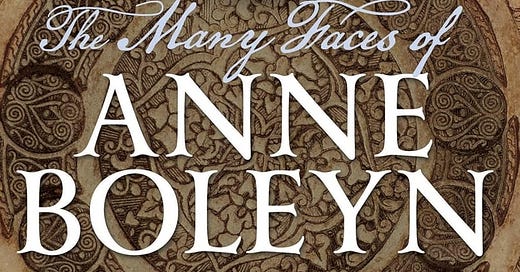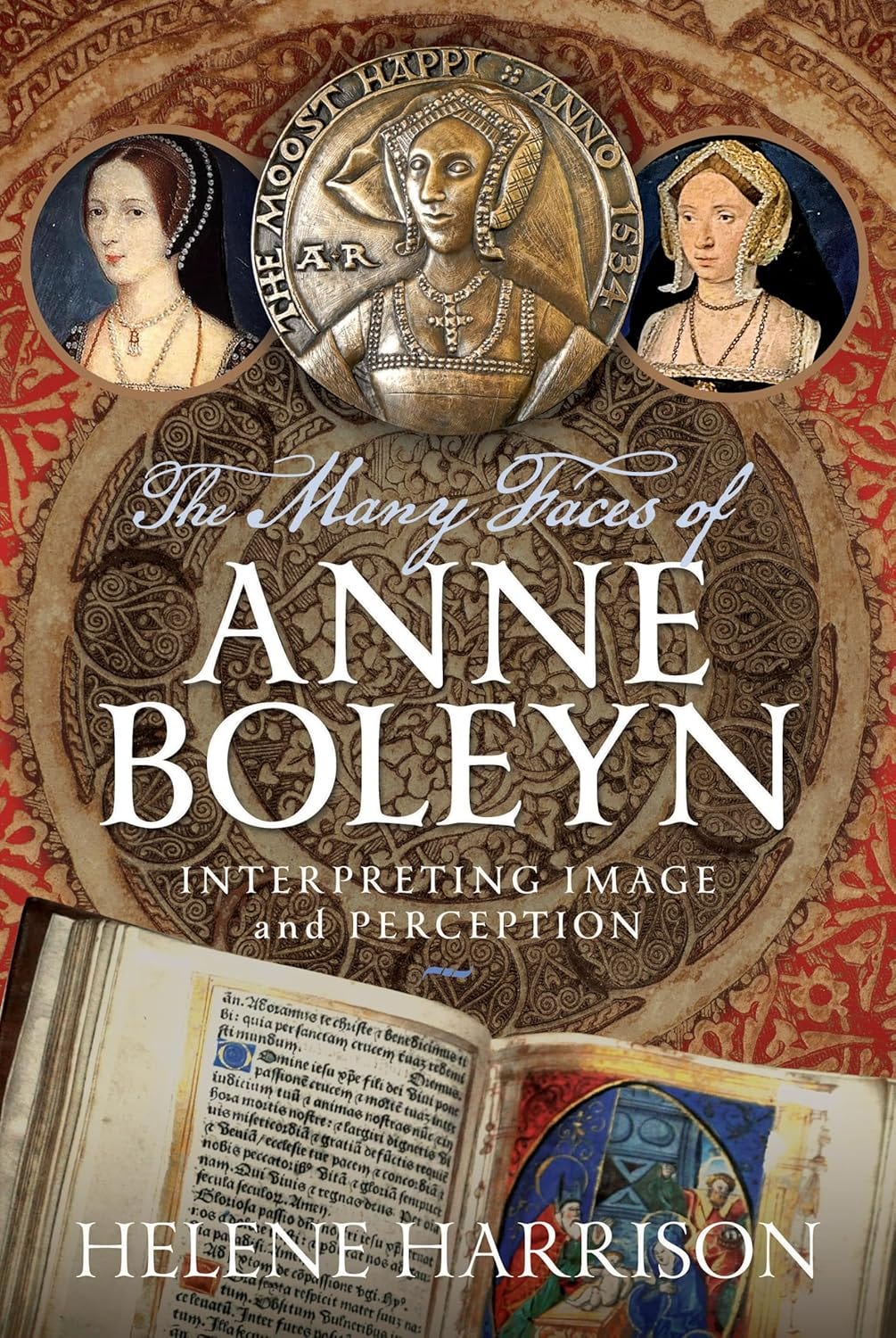In The Many Faces of Anne Boleyn, Helene Harrison sets aside the conventions of traditional biography to ask a more revealing question: not simply who Anne Boleyn was, but who she has been made to be. Harrison reconstructs the evolution of Anne's image through thematic and interdisciplinary examination, tracing her transformation from early propaganda and foreign dispatches to television scripts and feminist reappraisals. The result traces Anne Boleyn's transformation from Tudor queen to cultural phenomenon, revealing how each generation has conscripted her story for its own purposes.
Rather than retelling Anne's rise and fall chronologically, Harrison organizes her work around the interpretive scaffolding that has grown around this figure across time. Each chapter examines a distinct facet of Anne's legacy—reformer, adulteress, tragic heroine, cultural icon—while portraits are analyzed alongside propaganda and scaffold speeches placed in dialogue with pop musicals. The book demonstrates that every version of Anne, from Shakespeare's cipher to Natalie Dormer's seductive tactician, reveals less about Anne herself than about the society doing the imagining.
Harrison proves especially effective at tracing how successive generations have retooled Anne's story to suit their ideological needs. Victorian writers cast her as a cautionary tale about unbridled ambition. Mid-century filmmakers transformed her into a romantic victim. More recently, feminist scholars have elevated Anne as a woman who briefly mastered a hostile court culture through sheer determination. Through all these interpretations, Harrison remains grounded in archival evidence while never losing sight of how those very records have been filtered through bias and agenda.
The book's scholarly rigor is evident, yet so too is its accessibility. Harrison presents competing interpretations side by side—Eric Ives' principled heroine against G.W. Bernard's culpable flirt—and invites readers to weigh the evidence and reach their own conclusions. She incorporates recent discoveries with care, including Kate McCaffrey's research revealing hidden inscriptions in Anne's Book of Hours, which exposes a network of women who preserved Anne's memory at considerable personal risk. Similarly, Lucy Churchill's reconstruction of the 1534 portrait medal offers the clearest glimpse we have of Anne's actual appearance.
What distinguishes The Many Faces of Anne Boleyn is not merely its scope but its refusal to reduce Anne to a single meaning. Harrison recognizes that historical figures, particularly women who challenge orthodoxy, are rarely remembered cleanly. This is not a book attempting to rescue Anne from misrepresentation so much as one that maps the terrain of those misrepresentations and examines why they persist. When she explores how Anne has been portrayed in everything from SIX The Musical to The Tudors, Harrison is not simply cataloging popular culture but demonstrating how these portrayals shape public understanding in ways that historians must reckon with.
The strength of Harrison's approach lies in her recognition that perception itself has a history worth studying. Her analysis of how Anne's religious beliefs have been interpreted—from Catholic provocateur to Protestant martyr to pragmatic reformer—reveals as much about changing attitudes toward faith and power as it does about Anne herself. When she examines foreign ambassadors' accounts, particularly those of Eustace Chapuys, she carefully weighs their value while acknowledging their clear partisan bias.
Ultimately, Harrison reminds us that history is not merely what happened but what we continue to say about it and that these ongoing conversations shape how we understand both past and present. Her careful mapping of Anne Boleyn's cultural afterlife offers a template for approaching any historical figure whose story has been claimed by causes they never knew existed.
This review is based on an advance reader copy provided by NetGalley and Pen & Sword History.
If you would like to learn more about Helene Harrison, you can find my March 2025 interview with her here.




Great review. There is so much out there about Anne Boleyn, it's always interesting to get a new perspective.
Thank you so much for this amazing review Jonathan!